The alchemy of sugar sculpture has long been regarded as one of the most delicate and ephemeral forms of culinary artistry. At its core lies a fundamental paradox: the transformation of a liquid into a solid, a fleeting moment of molten sweetness captured in time. The Temperature Control in Sugar Sculpting: The Solid Magic of Liquid Sweetness explores this fascinating interplay between heat, chemistry, and craftsmanship that elevates simple syrup into breathtaking edible sculptures.
Walking into the workspace of a master sugar sculptor is like entering a laboratory where precision meets creativity. The air carries the faint caramelized scent of boiling sugar, and the surfaces gleam with hardened droplets from previous experiments. Here, temperature isn't just a measurement—it's the invisible hand that guides every stage of the process, from the initial clear syrup to the final glossy masterpiece. Veteran artisans speak of heat as their silent partner, one that must be understood intimately but can never be fully tamed.
The journey begins with ordinary granulated sugar dissolving into water, but the real magic starts as the thermometer climbs past 100°C. At this stage, the mixture appears deceptively simple, just a viscous liquid bubbling gently. Yet beneath the surface, complex chemical reactions are already underway. The water evaporates, the sugar concentration increases, and the syrup's physical properties begin their dramatic transformation. This is where the sculptor's knowledge becomes crucial—a difference of just five degrees can mean the difference between a pliable medium and a brittle disappointment.
Between 110°C and 160°C lies the sculptor's playground, a spectrum of textures and behaviors that allow for astonishing creativity. At the lower end, the syrup behaves like thick honey, perfect for delicate string work and fine details. As the temperature rises, it reaches the "hard crack" stage where it can be blown, pulled, and twisted into elaborate shapes that would seem impossible for something that was liquid mere moments before. The true masters know how to work across this entire range, sometimes within a single piece, creating sculptures with varied textures that tell a complete sensory story.
Modern technology has introduced digital thermometers and temperature-controlled environments, but many traditionalists still prefer the old methods. They judge the syrup's readiness by its color, its bubble pattern, even the way it drips from a spoon. There's an art to reading these subtle signs that machines can't replicate. When asked why they don't switch to more precise instruments, one sculptor compared it to a painter relying on color codes rather than their trained eye—"The numbers might be right, but the soul would be missing."
The cooling process presents its own set of challenges and opportunities. As the sugar leaves its liquid state, it enters a brief window of perfect workability—too hot and it burns the fingers, too cool and it hardens prematurely. This is when the sculptor's hands move with practiced urgency, shaping petals for sugar flowers or stretching delicate ribbons for decorative accents. The environment must be carefully controlled as well; high humidity can ruin hours of work by causing the sugar to absorb moisture and lose its crisp definition.
Perhaps most fascinating is how temperature continues to affect the finished piece long after the sculpting is done. Sugar sculptures exist in a state of constant negotiation with their environment, slowly softening in humid conditions or becoming more brittle in dry air. Exhibition spaces often require special climate control to preserve these edible artworks, and even then, their lifespan is measured in days rather than years. This impermanence adds to their allure, a reminder that beauty can be found in transient moments.
Contemporary sugar artists are pushing the boundaries of what's possible with temperature manipulation. Some create pieces that incorporate multiple sugar stages in one sculpture—a hard crack base supporting a softer pulled sugar centerpiece. Others experiment with rapid cooling techniques to achieve unusual textures, or work with isomalt, a sugar alcohol that offers different thermal properties. The fundamentals remain the same, but the creative applications continue to evolve in surprising directions.
Behind every stunning sugar sculpture lies countless hours of studying how heat transforms simple ingredients into edible art. The temperature controls not just the physical properties of the medium, but the very timeline in which the artist must work. It's this combination of scientific precision and artistic improvisation that makes sugar sculpting such a unique discipline—one where the medium itself seems alive, constantly changing and demanding adaptation. In the hands of a skilled artist, these transformations become not obstacles, but opportunities to create something truly magical from the most ordinary of materials.

By /Jul 9, 2025

By /Jul 9, 2025

By /Jul 8, 2025

By /Jul 8, 2025
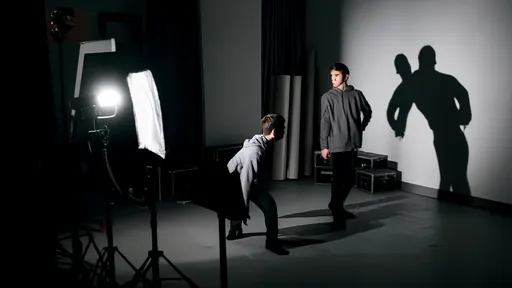
By /Jul 8, 2025
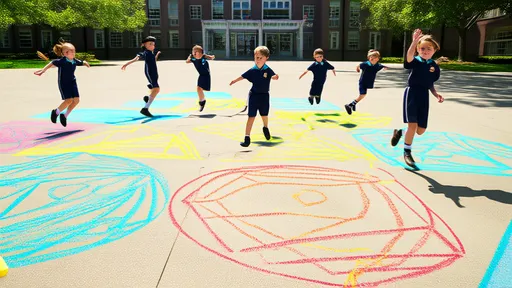
By /Jul 8, 2025
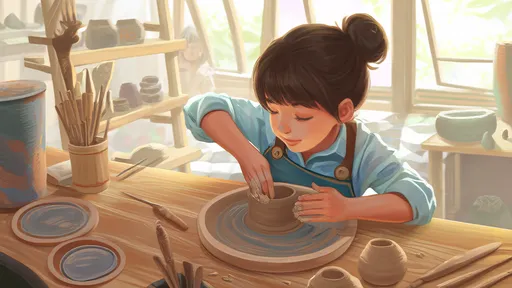
By /Jul 8, 2025
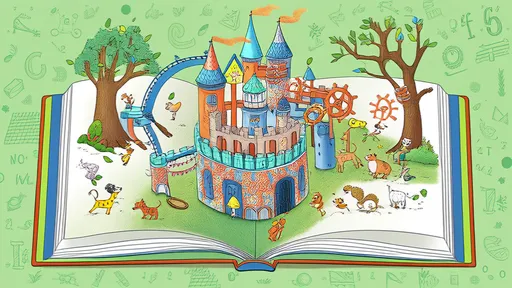
By /Jul 8, 2025
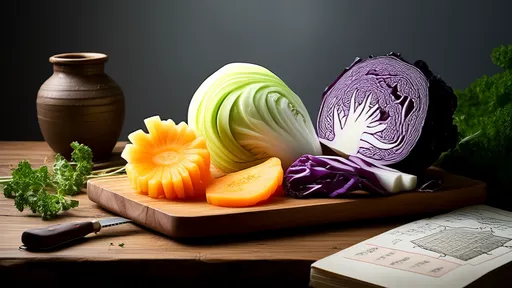
By /Jul 8, 2025
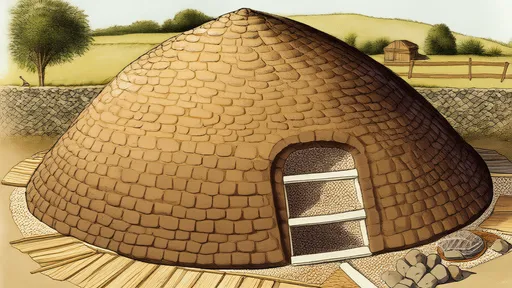
By /Jul 8, 2025
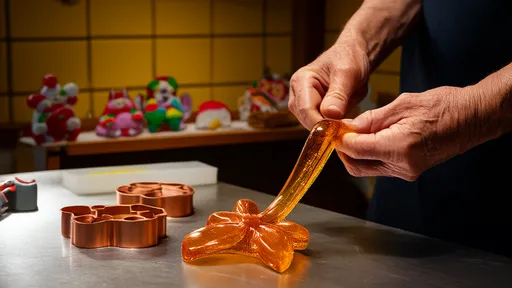
By /Jul 8, 2025
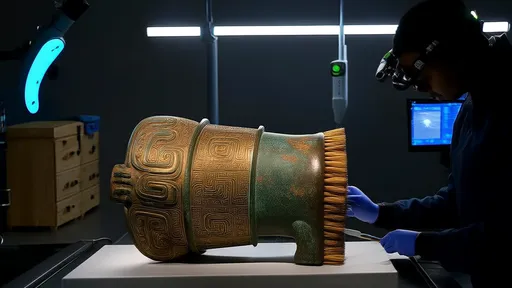
By /Jul 8, 2025

By /Jul 8, 2025
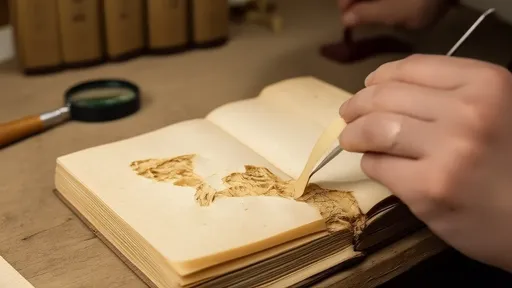
By /Jul 8, 2025

By /Jul 8, 2025

By /Jul 8, 2025
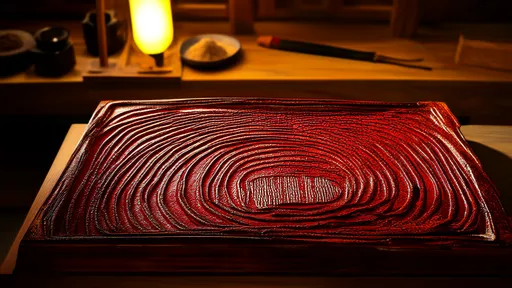
By /Jul 8, 2025
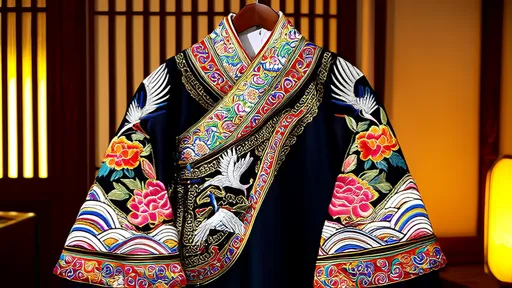
By /Jul 8, 2025